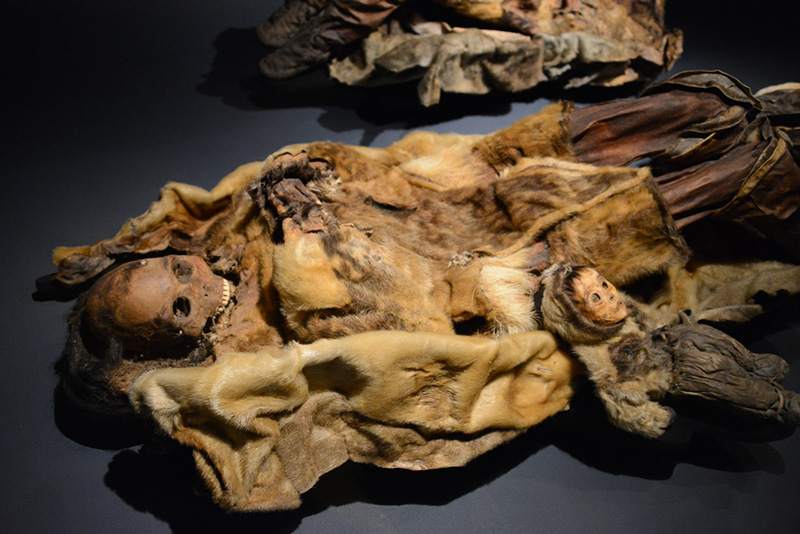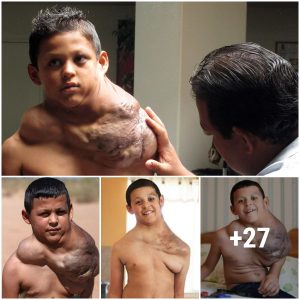As Mother’s Day approaches, a poignant archaeological revelation has surfaced: the ancient remains of a young mother and an infant locked in a 4,800-year-old embrace. Uncovered in the Tàichūng area of Taiwan, this exceptional find among 48 sets of remains excavated from graves has stunned researchers and offers an unprecedented glimpse into human activities during the Neolithic period.

The remarkable discovery, made in May 2014 and completed after a year-long excavation, portrays a touching maternal scene. The skeleton found depicts a young mother gazing down at the baby cradled in her arms, frozen in time for nearly 5,000 years.

Carbon dating techniques were employed by researchers to date these relics back to the Neolithic age, marking a significant find within the Stone Age in central Taiwan.

Of all the uncovered remains, one pair stood out conspicuously to the archaeologists and staff involved in the excavation.

“When it was unearthed, all of the archaeologists and staff members were shocked. Why? Because the mother was looking down at the baby in her hands,” said Chu Whei-lee, a curator in the anthropology department at Taiwan’s National Museum of Natural Science.

According to measurements taken by the researchers, the mother stood at a height of just 160 cm (approximately 5 feet 2 inches), while the infant in her arms measured 50 cm tall – a little over a foot and a half.
This breathtaking discovery, though surprising on site, isn’t the first of its kind. Archaeologists in the past have uncovered remains of similar poignant moments preserved for thousands of years.
Notably, Chinese archaeologists excavated the intertwined skeletons of a mother and child last year from an Early Bronze Age archaeological site nicknamed the ‘Pompeii of the East,’ as reported by the People’s Daily Online.
It’s believed that the mother from this recent find was attempting to shield her child during a powerful earthquake that struck Qinghai province, central China, around 2,000 BC. Experts speculate that the site experienced an earthquake and flooding from the Yellow River.
Photographs of the skeletal remains depict the mother gazing upwards as she kneels on the floor, holding her young child in her arms. Archaeologists deduce that the child was likely a boy.
This poignant discovery not only sheds light on the ancient past but also resonates deeply, reminding us of the timeless bond between a mother and her child.





